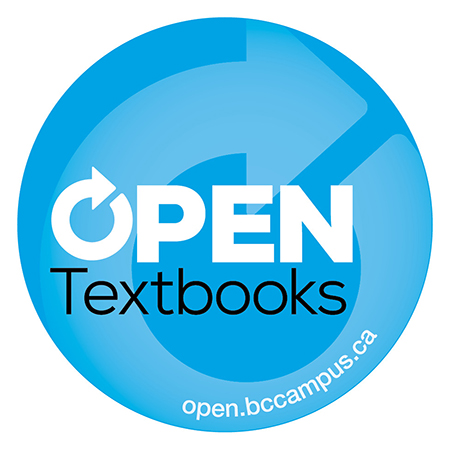Open Textbooks Remove Some Barriers for Students to Learn
Over half of B.C. students do not buy the required textbooks for a course, and over a quarter of potential learners choose not to register for a class due to excessive textbook costs.*
Since Fall 2015, 21 Vancouver Island University faculty members have been using open textbooks and saving students a total of $483,000! (VIU Adoption Stats/BCcampus + VIU as of Dec 22, 2018.) This number is growing each semester with more faculty using open textbooks. Collectively in BC, 506 faculty members have adopted open textbooks in the past six years saving students over 10 million dollars! (BCcampus)
Open textbooks, along with all open educational resources (OERs), are defined as “teaching, learning and research materials in any medium – digital or otherwise – that reside in the public domain or have been released under an open license that permits no-cost access, use, adaptation and redistribution by others with no or limited restrictions.” (Hewlett Foundation)
An open textbook is a textbook that is “available free as an online version and in a variety of file formats (e.g., for eReaders, editable files like XML and HTML), and as low-cost printed versions, should students or faculty opt for these. Open textbooks are a way to significantly reduce student textbook costs while giving instructors the flexibility to reformat and customize their course material. They are an affordable, flexible alternative to traditionally-published textbooks.” (BCcampus)
 In BCcampus’ collections of open textbooks (270 textbooks and counting!) and other OERs, they do their best to adhere to the five Rs of open education as defined by David Wiley, which are:
In BCcampus’ collections of open textbooks (270 textbooks and counting!) and other OERs, they do their best to adhere to the five Rs of open education as defined by David Wiley, which are:
- Retain– i.e. no digital rights management restrictions (DRM), the content is yours to keep, whether you’re the author, instructor or student.
- Reuse– you are free to use materials in a wide variety of ways without expressly asking permission of the copyright holder.
- Revise– as an educator, you can adapt, adjust, or modify the content to suit specific purposes and make the materials more relevant to your students. This means making it available in a number of different formats and including source files, where possible.
- Remix– you or your students can pull together a number of different resources to create something new
- Redistribute– you are free to share with others, so they can reuse, remix, improve upon, correct, review or otherwise enjoy your work.
Open textbooks are available to read online, download in PDF, ePub and mobi (Kindle) formats for free. VIU’s Campus Store offers a print on demand service for printing copies of any open textbook at a nominal cost. Contact Mike Thibodeau, Retail Operations Manager, for more details.
If you wish to consider an open textbook for your course, check out the collections of open textbooks at: https://open.bccampus.ca/find-open-textbooks/
Or check out these sites for more open textbook collections and open education resources: https://open.bccampus.ca/open-textbook-directory/
If you have or are going to be adopting an open textbook for your class (or adapting one), ensure your stats are included in VIU’s ongoing records. Just email Liesel Knaack, Director, Centre for Innovation and Excellence in Learning to be part of the savings for students!
What Faculty Say: Why Use Open Textbooks?
Why use open textbooks? Benefits for students from BCcampus on Vimeo.
*Research